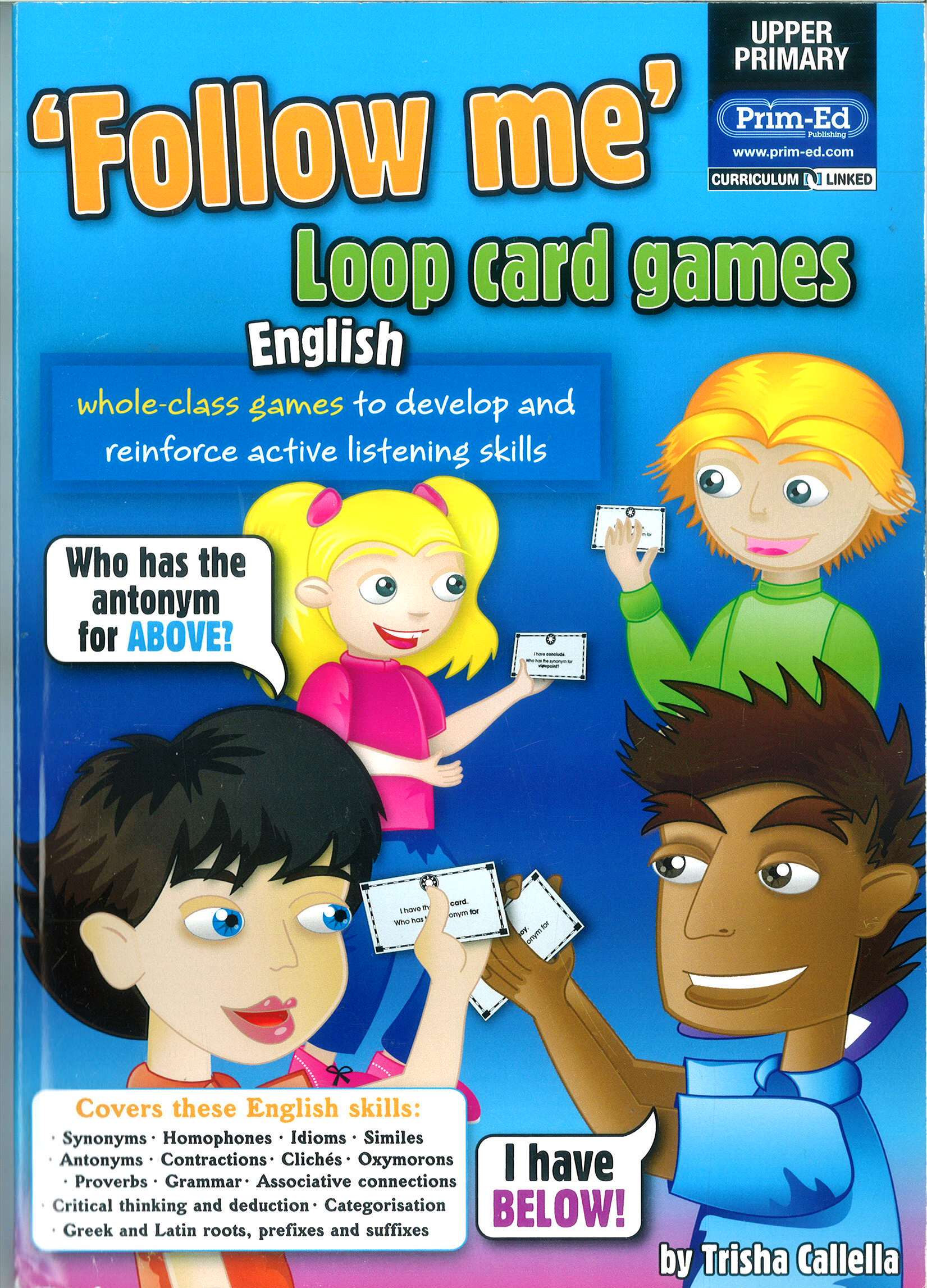

What are the relative frequencies of those two outcomes? It’s a hard question. In others, she’ll lose because her opponent forms a loop first. Since the bid winner will win the game about half the time, we know a loop will form no less than half the time overall.īut what happens in games where the bid-winner loses? In some instances, she’ll lose because no loop forms. In games where the bid-winner wins the game, there will always be a loop, by definition. The board pictured above (hexhex7) seems good for now.įinally, I’d like to know, for high-level play, what fraction of games end with completed loops and what fraction end with a full, loop-less board.
LOOPY BOARD GAME FULL
On the other hand, the board shouldn’t be too large, because, between highly-skilled players, I believe the board will end mostly full (the nature of the bidding pushes the game in this direction), and I don’t want the game to be too long. On one hand, the board should be large enough so the winning loops come in a variety of sizes and shapes. In fact, there may even be an argument for placing an additional pink stone along the edge equidistant from each corner, so the opening layout consists of 12 pink stones instead of 6. Starting with filled corners eliminates the rote part of the bid. Because the corners are so low-value, I believe skilled players would fill them with neutrals during the bid anyway.Putting neutrals in the corners increases their value and spreads out the game.

The corners, by themselves, are low-value spaces on which players would rarely play their own stones.You might wonder why neutral stones start in the corners. This makes Bobina more symmetrical than Coil after the bid ends and ensures a higher proportion of games end with loops, which is what I want. In Bobina, thanks to the neutral stones, both players can win by forming a loop, as in Glorieta. The other player wins by stopping him, making the game asymmetric after the bid.

In Coil, after the bid is over, only one player can win by forming a loop. The bidding comes from Coil (which was in turn inspired by Unlur), and as in that game, it balances the players’ chances and generates brinksmanshipy tension. The value of the tie-breaker falls as the bid for it rises. But the more neutral stones are on the board, the less likely the game will end in a tie. In Bobina, the players bid for a tie-breaker by playing neutral stones that both players can use to make loops. It can: build toward local tactical loop threats, build toward big strategic loop threats, defend against local enemy loop threats, and defend against strategic enemy loop threats. With the right mechanics, this range of objectives can be balanced, and thus a single stone placement can have many consequences. A loop can be a grand strategic objective, a local tactical objective, and anything in-between.

Two things I like about loops, as a win condition: It combines elements of both in a form more elegant than both.īobina, Coil, and Glorieta are all part of a longstanding project to design games with a hex loop win condition ( Havannah long ago convinced me it’s a worthy project). If the board fills without a loop of either color forming, the player who was first to play a stone of her own color loses.īobina is the love child of two previous games: Coil (which pleases me) and Glorieta (which doesn’t).


 0 kommentar(er)
0 kommentar(er)
